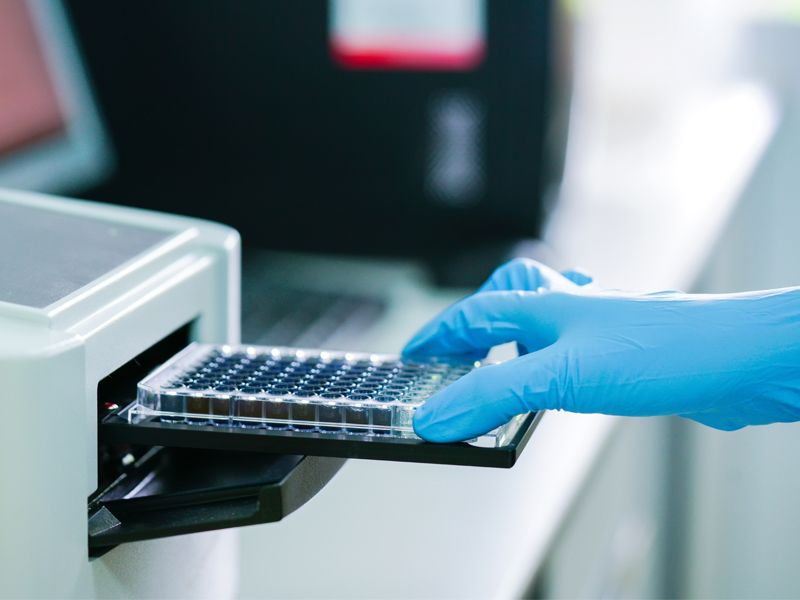Competitive ELISA: Principles, Methods, and Key Differences
Competitive ELISA is a widely used immunoassay technique for quantifying target analytes in samples by measuring their interference with a known signal. This method is based on the principle of limited antibodies, where the target analyte competes with a labeled antigen for antibody binding. Competitive ELISA is commonly used for detecting small molecules with fewer epitopes and is available in direct and indirect formats. This article explains the fundamental principles, experimental workflow, and key differences between direct and indirect competitive ELISA, helping researchers choose the optimal method for their applications.



